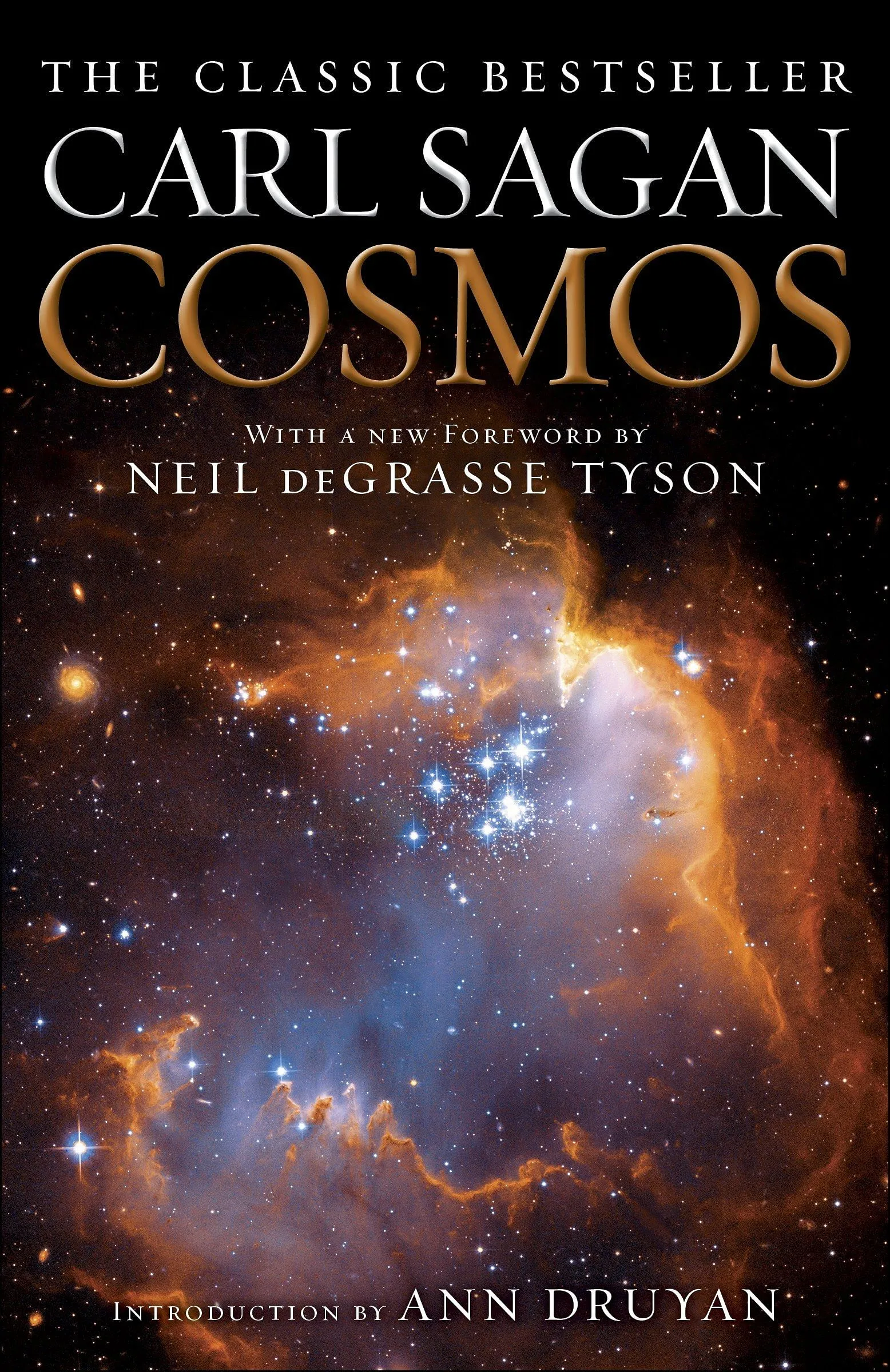When I was little, I lived in the Bensonhurst section of Brooklyn in the City of New York.
I knew my immediate neighborhood intimately, every apartment building, pigeon coop, backyard, front stoop, empty lot, elm tree, ornamental railing, coal chute and wall for playing Chinese handball, among which the brick exterior of a theater called the Loew’s Stillwell was of superior quality.
I knew where many people lived: Bruno and Dino, Ronald and Harvey, Sandy, Bernie, Danny, Jackie and Myra.
But more than a few blocks away, north of the raucous automobile traffic and elevated railway on 86th Street, was a strange unknown territory, off-limits to my wanderings. It could have been Mars for all I knew.
Even with an early bedtime, in winter you could sometimes see the stars. I would look at them, twinkling and remote, and wonder what they were. I would ask older children and adults, who would only reply, “They’re lights in the sky, kid.”
I could see they were lights in the sky. But what were they? Just small hovering lamps? Whatever for? I felt a kind of sorrow for them: a commonplace whose strangeness remained somehow hidden from my incurious fellows. There had to be some deeper answer.
As soon as I was old enough, my parents gave me my first library card. I think the library was on 85th Street, an alien land. Immediately, I asked the librarian for something on stars.
She returned with a picture book displaying portraits of men and women with names like Clark Gable and Jean Harlow. I complained, and for some reason then obscure to me, she smiled and found another book—the right kind of book.
I opened it breathlessly and read until I found it. The book said something astonishing, a very big thought. It said that the stars were suns, only very far away. The Sun was a star, but close up.
Imagine that you took the Sun and moved it so far away that it was just a tiny twinkling point of light. How far away would you have to move it? I was innocent of the notion of angular size.
I was ignorant of the inverse square law for light propagation. I had not a ghost of a chance of calculating the distance to the stars. But I could tell that if the stars were suns, they had to be very far away—farther away than 85th Street, farther away than Manhattan, farther away, probably, than New Jersey. The Cosmos was much bigger than I had guessed.
Later I read another astonishing fact. The Earth, which includes Brooklyn, is a planet, and it goes around the Sun. There are other planets. They also go around the Sun; some are closer to it and some are farther away. But the planets do not shine by their own light, as the Sun does. They merely reflect light from the Sun.
If you were a great distance away, you would not see the Earth and the other planets at all; they would be only faint luminous points, lost in the glare of the Sun.
Well, then, I thought, it stood to reason that the other stars must have planets too, ones we have not yet detected, and some of those other planets should have life (why not?), a kind of life probably different from life as we know it, life in Brooklyn.
So I decided I would be an astronomer, learn about the stars and planets and, if I could, go and visit them. It has been my immense good fortune to have parents and some teachers who encouraged this odd ambition and to live in this time, the first moment in human history when we are, in fact, visiting other worlds and engaging in a deep reconnaissance of the Cosmos.
If I had been born in a much earlier age, no matter how great my dedication, I would not have understood what the stars and planets are. I would not have known that there were other suns and other worlds. This is one of the great secrets, wrested from Nature through a million years of patient observation and courageous thinking by our ancestors.
What are the stars? Such questions are as natural as an infant’s smile. We have always asked them. What is different about our time is that at last we know some of the answers.
Books and libraries provide a ready means for finding out what those answers are. In biology there is a principle of powerful if imperfect applicability called recapitulation: in our individual embryonic development we retrace the evolutionary history of the species.
There is, I think, a kind of recapitulation that occurs in our individual intellectual developments as well. We unconsciously retrace the thoughts of our remote ancestors. Imagine a time before science, a time before libraries. Imagine a time hundreds of thousands of years ago.
We were then just about as smart, just as curious, just as involved in things social and sexual. But the experiments had not yet been done, the inventions had not yet been made.
It was the childhood of genus Homo. Imagine the time when fire was first discovered. What were human lives like then? What did our ancestors believe the stars were?”
Excerpt From: Carl Sagan. “Cosmos.”







